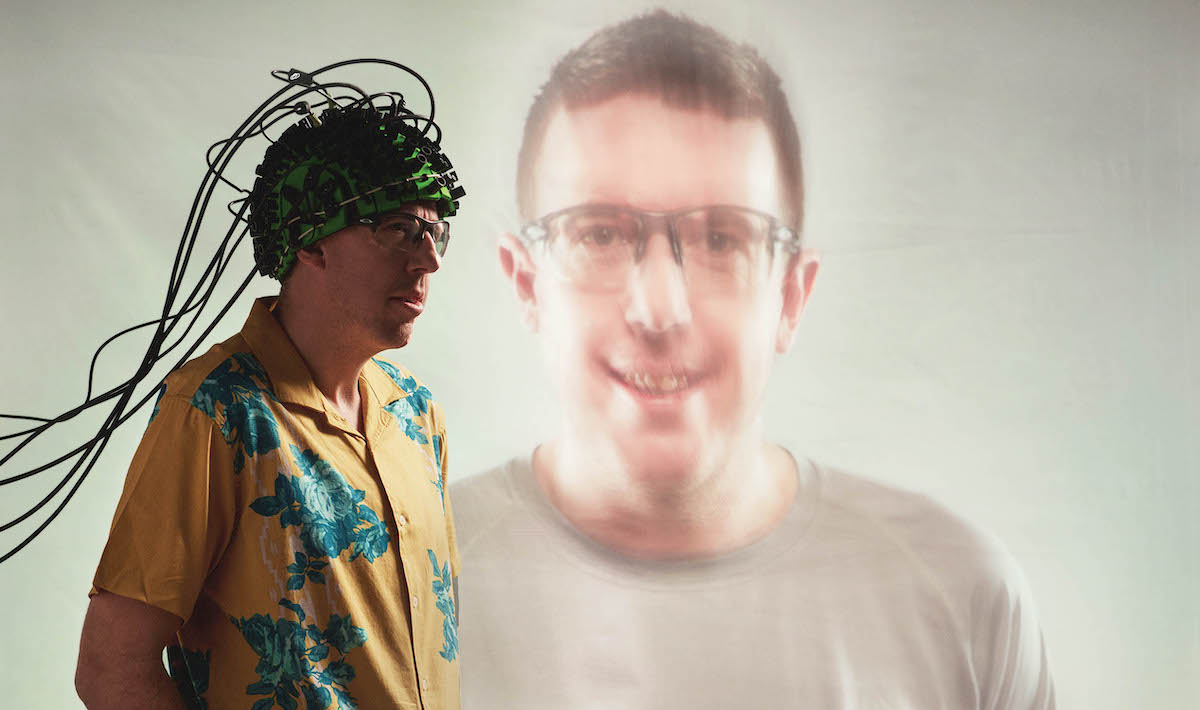In 1987, Wendy Mathewson was in a car accident.
She suffered a severe brain injury when her head was struck by debris. It left her in a coma. While she survived the ordeal, her brain function was never the same, and her nephew Kyle’s ongoing quest to help unlock the brain’s potential is deeply influenced by his wish to help improve his aunt’s life.
“No one knew how to fix her problem,” says Kyle.
Maybe, one day, he will.
The associate professor not only oversees experiments at his lab, on the ninth floor of the University of Alberta’s Biological Sciences building, he is consulting companies looking to make portable brain monitors as common as devices you put on your finger to check your oxygen levels or wristwatches that keep you updated on your fitness.
It’s a simple idea: Some days you have it, and some days you don’t.
There are days when you’re super productive. And then, there are those days when just answering a few emails feels like a Herculean task. There are days when an Oilers player looks like an All-Star, and then there are times when he looks lost on the ice.
How much of this has to do with the state of our brains?
Walk into Mathewson’s lab and you will see isolation booths, where volunteers connect to electrodes and receive stimuli, while monitors record their brain activity. One studies how our brains respond to anxiety; once inside the booth, the subject sees things that are meant to create fear.
But, the devices are becoming smaller, cheaper and easier to use, and they’re breaking out of university labs. Mathewson is consulting several companies that are looking to make major commercial breakthroughs by selling brain-monitoring devices that are easy to wear and can link via Bluetooth to your phone.
“It’s like a Fitbit, but for the brain,” he says.
Just imagine, a soccer coach wants to make a second-half substitution, but isn’t sure which player to put in. But, all of the subs are wearing the monitors, and the coach can tell, at least mentally, which player is at his or her peak. Or imagine a pilot or a truck driver putting on the head-set to see if they’re alert enough to work. Think of an artist who uses the monitor to recognize what things trigger creative bursts — it wasn’t the coffee after all, but maybe a certain song, or the way the sunlight comes through the living room window.
